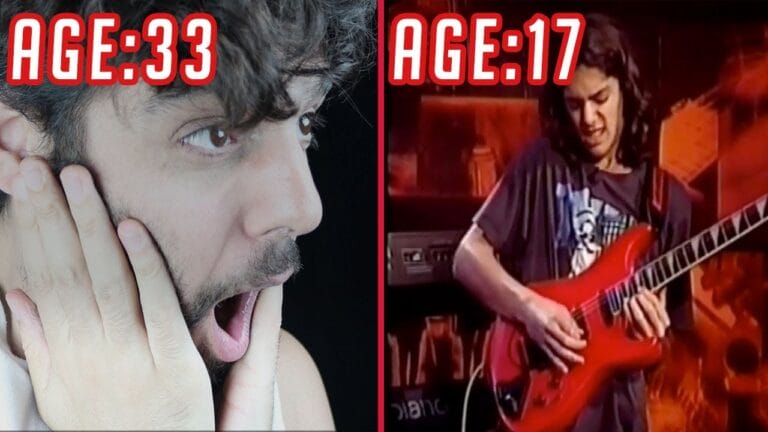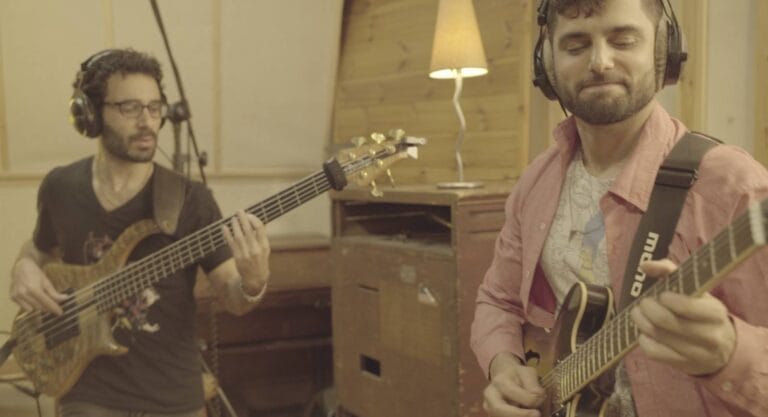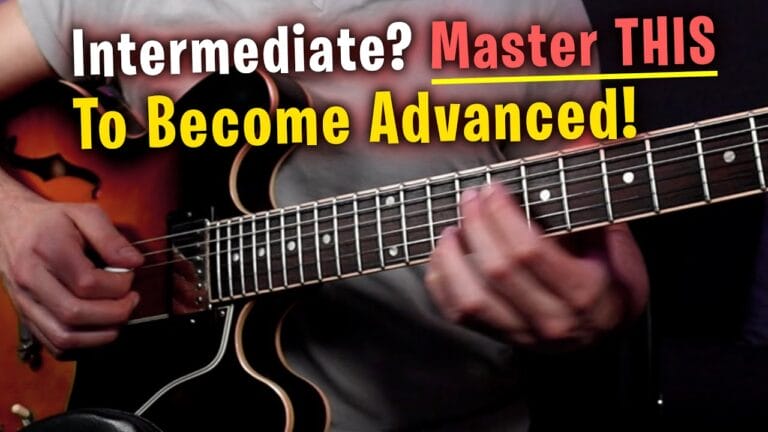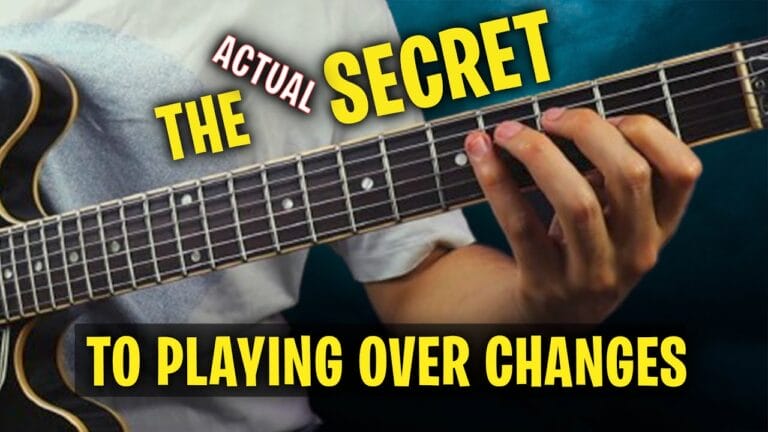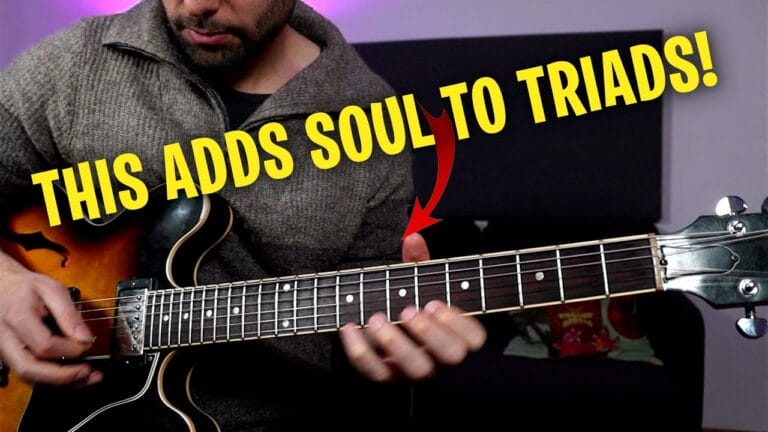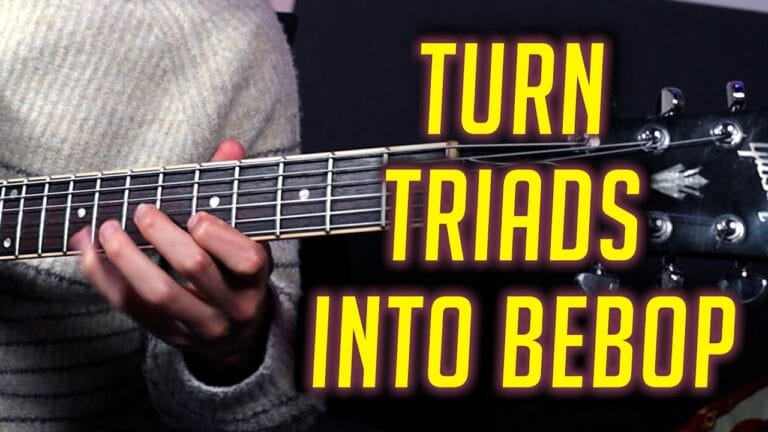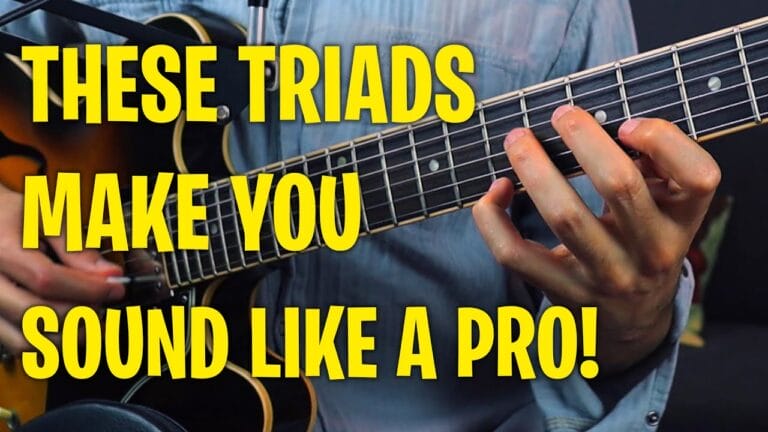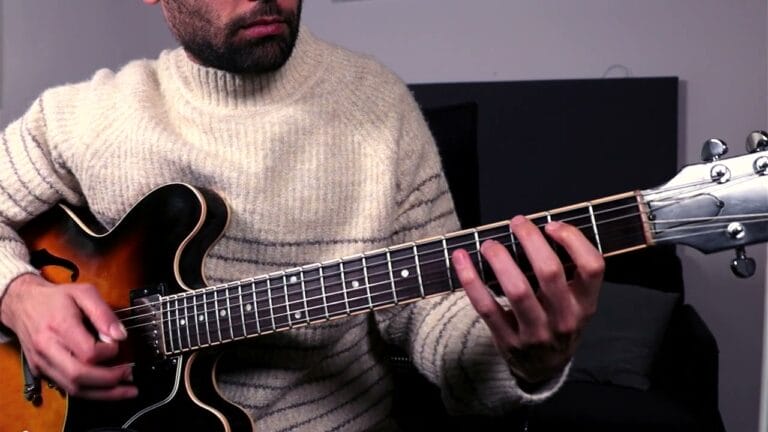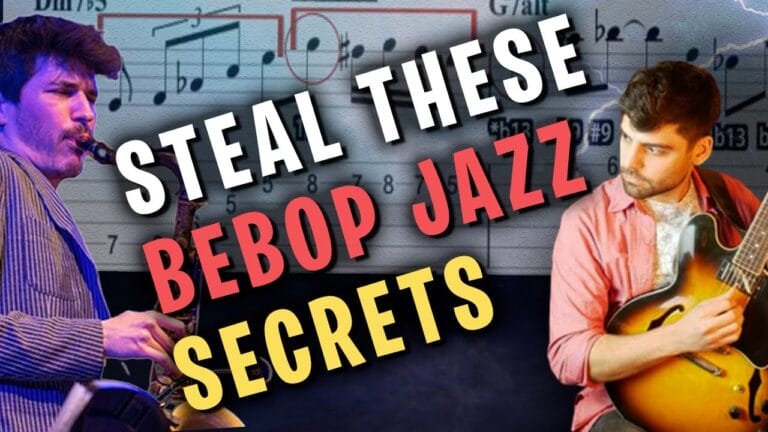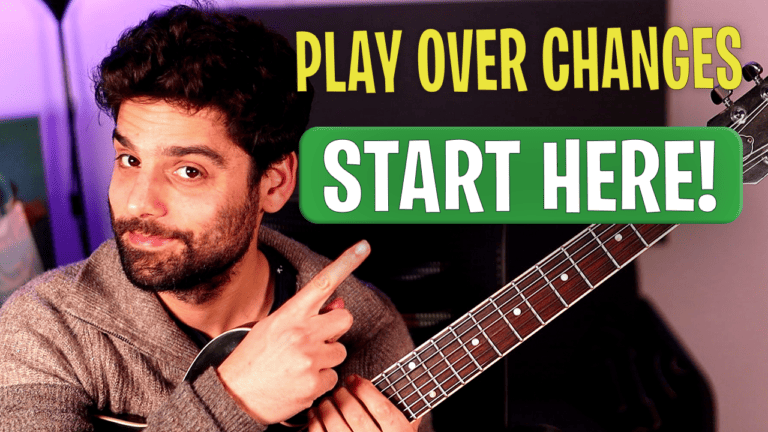10 Amazing Major Triads Hacks That will Open Up Your Creativity!
The art of crafting guitar solos extends beyond just copying a bunch of licks and arranging them in a certain way. Due to the melodic and singable nature of most of the greatest solos, they are quite easy to remember.
In this lesson, we are learning to use triad shapes to start playing stronger melodic solos based on triad patterns.
It is generally accepted that melodies in general, and solos in particular, include chord tones and non-chord tones. With the progression of the song, many of the notes that were once chord tones could now become non-chord tones or vice versa as things progress.
I am sure you have noticed that sometimes a note sounds right at one point, but four beats later it sounds odd. In order to play a better, more memorable solo, you need to know how to hit chord tones correctly and make them feel and sound like musical phrases.
The good news is that chord shapes can help us find chord tones quite easily. Here are 10 ways I like to approach triads on guitar.
Let’s dive into the world of major triads
I’m going to show you some cool stuff you can think about when you’re improvising using major triads on guitar.
All of our discussion today will revolve around C7. In other words, the ideas are mostly related to the dominant type of sound.
Firstly , You got to know your major triads.
C Major-
Root: 1,3,5 (C,E,G)
1st Inversion: 3,5,1 (E,G,C)
2nd Inversion: 5,1,3 (G,C,E)
Connecting Sets
By connecting the sets of strings, I can expand my range while still using chord notes.
Having lowered each triad’s highest note by an octave, two sets are now available.
Now it is time to begin improvising with them.
Full Arpeggios
With just those three notes, I’m beginning to open up the fretboard.
Visit Galactic Modern Guitar to learn all the different arpeggios you should know.
Triads and Scale Unite
Now that I have more arpeggios and triads to work with, I’m going to start associating scales to them. As we are focusing on C7 today, I am attaching the mixolydian scale.
Miolydian = 1,2,3,4,5,6,b7 , C,D,E,F,G,A,Bb
Now, not only do I have my different triad notes across the fretboard, but I also have a scale running through them. What a great opportunity to improvise!
Target Tone Awareness
Since I am aiming for my different chord tones, I have an awareness of my target tones.
I’m going around the target notes using the notes of the scale.
All of my movements are based on the scale and my awareness of target tones. In other words,
I’m not just playing scales.
Those are the actual targets I am aiming for.
In addition, if I want to make it more interesting, I can add:
Chromatics and Enclosures
This is just a note that is outside the scale but is still able to aim for a note within it.
If I want to go from 6(A) to 5(G), I can go 6(A) b6(Ab) 5(G).
Or if I want to do the same to my 3rd, I can go from the 2(D) #2(D#) 3(E)
Let’s play with that idea!
What about going from the root(1, C) to the flat seven Bb – R(C),7(B),b7(Bb)
Combining these ideas gives me the awesome Jazzy lines I’m looking for.
Lydian Dominant Vibez!
Playing D over C7
It gives me the colors 2,#4,6 Beautiful!
And in our context this is called the Lydian b7,(aka Lydian Dominant)
which is the 4th melodic minor mode
1,2,3,#4,5,6,b7 – C D E F# G A Bb
You can also think of it as mixolydian with a #4
Chromatics and Enclosures meet the Lydian Dominant Vibez!
Furthermore, I can also utilize different chromatics in that kind of scale.
Cool Lydian Dominant Diatonic Triads (or more)
You might like C and D (very Lydian!)
or
C and F# augmented ( Very melodic minor!)
As you can see, the sky’s the limit when it comes to these things. To really start seeing how harmony and melody connect on the whole fretboard, so you can truly say you have a solid understanding of what’s going on. The best way to get from A to Z is to have some guidance and an organized system. Trying to figure all of this stuff on my own was one of my biggest setbacks. It’s for this reason that I created the Galactic Modern Guitar Series!
By doing this, you can have a very organized system to work on all of these things. And you can check Check it out over here.



